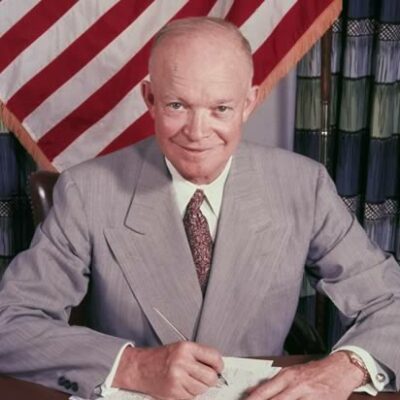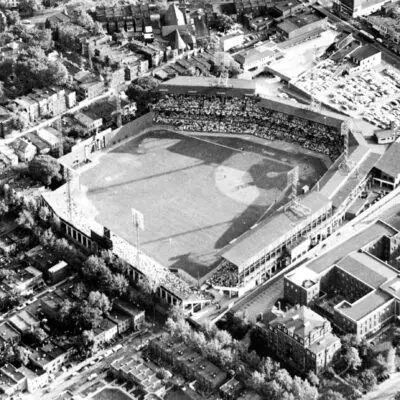The city and the nation was about to celebrate Lincoln’s 98th birthday when the Washington Times published a feature on how visitors seemed to have completely forgotten the fallen president. A generation had passed since Abe was gunned down in Ford’s Theatre by Booth, and the country’s memory of their leader appeared to be fading.

LINCOLN is strangely forgotten by visitors to Washington.
The sightseers who flock to the National Capital at all seasons of the year, for some unknown reason seem to find more interesting the things of less historic importance than the relics pertaining to the first martyred President, whose untimely death was mourned by the entire civilized world.
-ad 197-That a stone fountain, a modern building, a plat of ground owned by some old resident, or a storehouse of Government belongings of no particular historic value should draw crowds while the throng indifferently passes by the house where died Lincoln, the inspiration of all patriots since his day, seems almost incredible. Yet such is the case.
While the trend of tens of thousands is wearing away the steps leading to the Capitol, the Library of Congress, the Army and Navy Building, and other Government structures, but few persons stray into the modest three-story red brick house at 516 Tenth street northwest, in which Lincoln breathed his last on the night of April 14, 1865.
In this building, which would burn like tinder should fire break out in it, is gathered what is said to be the largest memorial collection ever brought together in behalf, not only of Lincoln, but of anyone human being. There are over 3,000 separate articles of Lincolniana, representing forty-seven years of untiring collection on the part of Osborn H. Oldroyd, the custodian.
This collection of rare mementoes [sic] is without price. Mr. Oldroyd never has set a value on it. Perhaps the most valuable parts of it are the thirteen pieces of furniture from the Lincoln homestead in Springfield, Ill.; an autograph letter wherein he grants a discharge to a member of his regiment which fought in the Black Hawk war, in 1832, and the family Bible, in which Lincoln wrote his name when he was but nine years old.
-ad 199-Mr. Oldroyd, himself a veteran of the civil war, having fought as a member of the Twentieth Ohio Regiment in thirteen different battles, began collecting Lincoln mementoes in 1860, when Lincoln was running for President. He has seventy badges, cartoon caricatures, and flags relating to the Lincoln campaign of that year. He has 1,000 books and 3,000 newspaper clippings relating to Lincoln; 27 busts, 171 political and memorial medals; 145 pictures illustrating the assassination and funeral of the President; 37 photographs of the assassin, John Wilkes Booth, showing his flight, capture, death, and burial; the spur worn b Booth which caught in the silk flag draped before the President’s box, in Ford’s Theater and the flag itself, and thousands of other memorial articles, large and small, including death and life masks, cartoons from London Punch, a rail split by Lincoln, and the family cradle wherein the Lincoln children were rocked.
The rooms in the memorial house, which was bought by the Government in 1887, are literally packed with Lincolniana. The very room in which the President died contains some of the most interesting portions of the collection.
Yet all these things do not appeal to the routist and the visitor as do the “rubber neck” wagons, the theaters, and other places of amusement.
Sadly, this is still the case — although less so after the great renovation of Ford’s Theatre. I think it’s depressing that more tourists want to go see Georgetown Cupcake or the Real World DC house than the spot where Lincoln was shot. For shame.



















